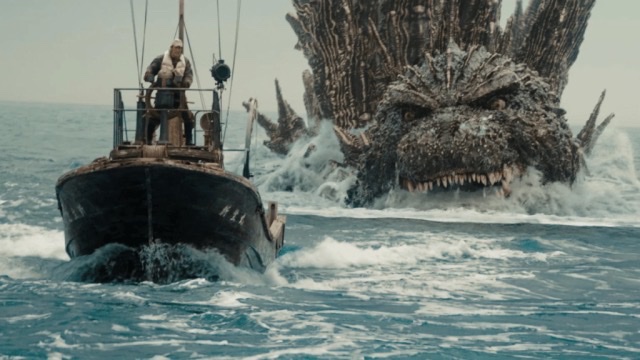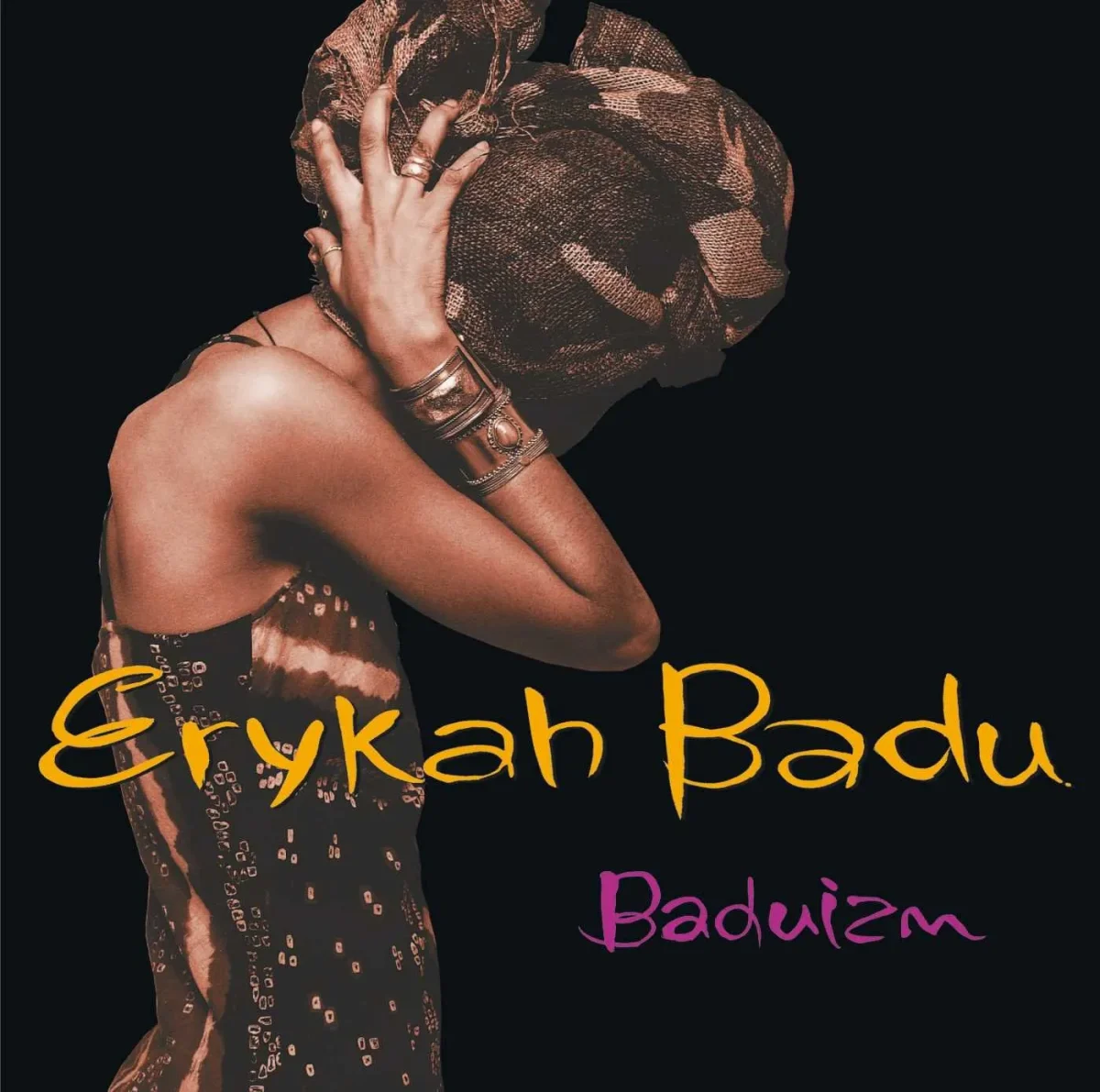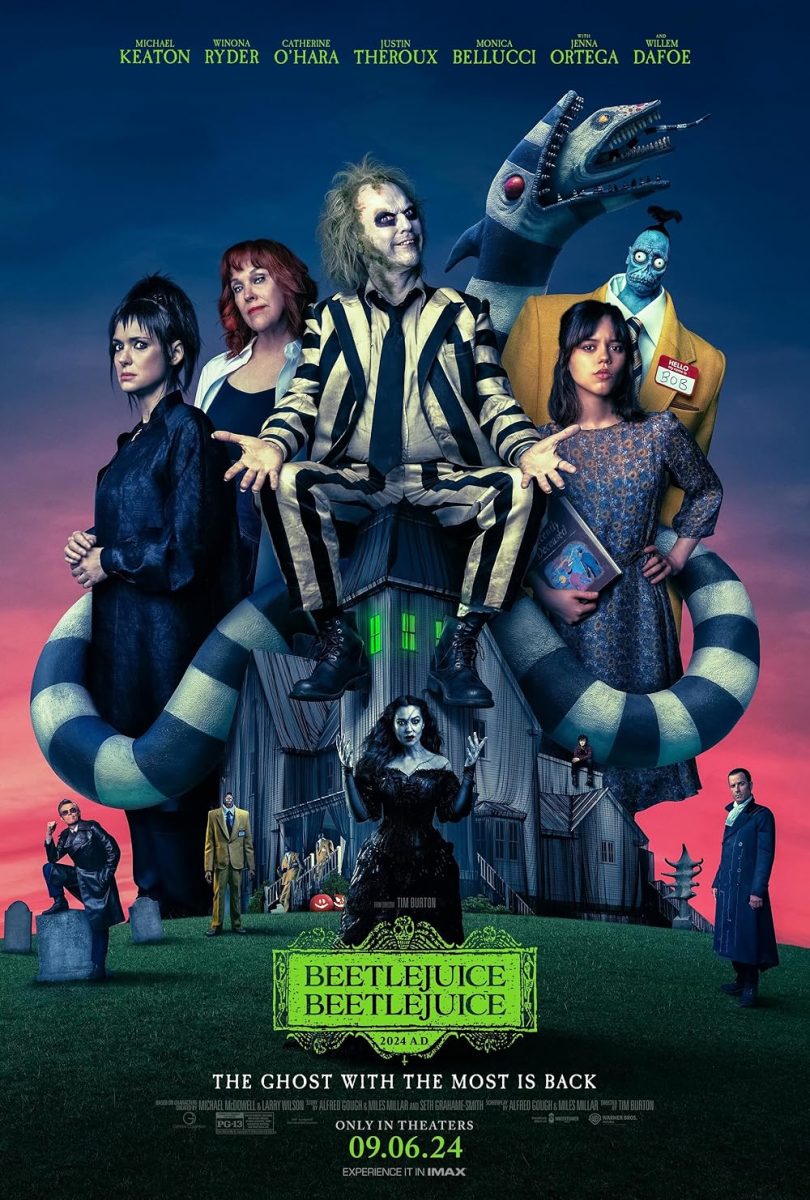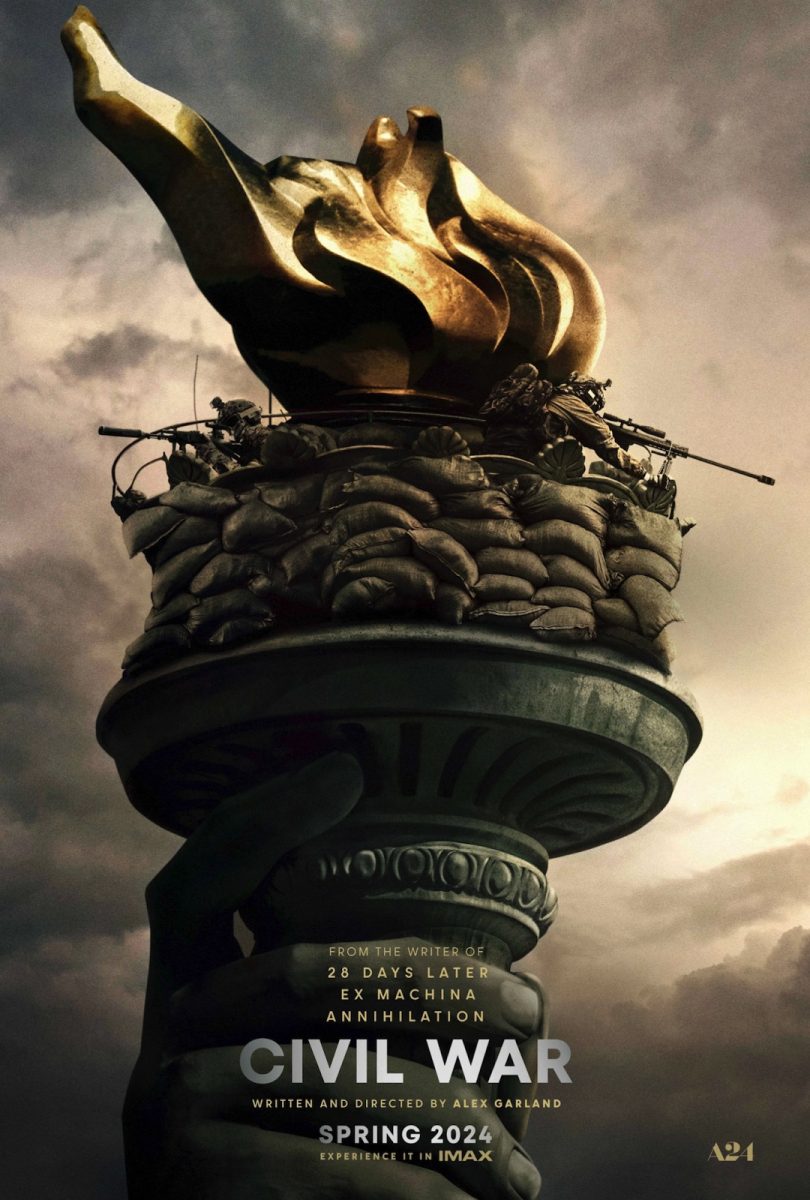In 1954 the first Godzilla film was released, with its titular character acting as a metaphor for nuclear weapons and symbolizing the Japanese’s fear of a nuclear holocaust. The film set a precedent for what a good monster movie should be, and over the past 70 years, more than 38 Godzilla films have tried to replicate the magic of the first film. While there have been plenty of contenders for the title of best Godzilla film, the latest entry into the franchise, “Godzilla Minus One,” has definitely taken the crown as not only the best Godzilla film but also as the best film of 2023.
Takashi Yamazaki, who directs, writes and provides the visual effects for the newest incarnation of Godzilla is no stranger to the franchise. Previously, he helmed the first CGI cameo appearance for the king of the monsters in his acclaimed drama, “Always: Sunset on Third Street 2” (2007) and directed and wrote the popular theme park attraction “Godzilla the Ride: Giant Monsters Ultimate Battle” (2021). Both films, while short, have been well received within the Godzilla fanbase, so it came as no surprise that Toho Co. — the Japanese entertainment company who owns the Godzilla — wanted him to take a crack at their most valuable IP.
Yamazaki’s film is a period piece set in postwar Japan between 1945 and 1947 — a concept that is a first for the series. This is in sharp contrast with “Shin Godzilla” (2016), the previous installment in the franchise, which was a modern retelling of the original Godzilla movie.
The film starts in 1945 with protagonist Kōichi Shikishima, a former kamikaze pilot played by Ryunosuke Kamiki, abandoning his post by faking a mechanical error and landing at a repair post on Odo Island. While on Odo, a large prehistoric creature the residents call Godzilla attacks the outpost, and Shikishima freezes at his only opening to kill the beast. Being only one of two survivors of Godzilla’s attack, he is chastised for his cowardice while facing Godzilla and for going AWOL as a kamikaze pilot. Shikishima tries his best to live with the survivor’s guilt he carries until atomic testing at the Bikini Atoll mutates Godzilla into a monster that comes barreling back into Shikishima’s life.
The most common complaint previous Godzilla films have is the lackluster character plots driving the films. Instead of acting as a central driving force for the narrative, character development feels like an afterthought and is overshadowed by Godzilla’s presence; Yamazaki has taken these complaints to heart. Gone are the days of shallow human drama interrupting monster throwdowns, as this film has a compelling plot that instantly engages viewers. Shikishima is a fantastic main protagonist whose complex inner conflict is relatable and realistic. He is a man who has been scarred by war and the country he served, feeling shame for not dying as a kamikaze pilot and his inescapable mortal desire to live. He questions whether the idea of sacrificing one’s life is an honorable or a cowardly thing to do and doesn’t know whether to live on for the living or die to avenge the dead. His survivor’s guilt has given him his own personal war to wage against himself, and his desire to take on Godzilla is rooted in this battle within.
The other characters that show up in the film aren’t as dimensional as Shikishima, being variations on classic monster movie character tropes such as the knowledgeable scientist and the strong-headed, impulsive captain. However, while their characterization isn’t very developed on the surface, they leave such a significant impression that, by the end of the film, you’ll pray that Godzilla will call it a day and leave Japan alone. Never have I rooted more for a character’s survival in a Godzilla film since watching Bryan Cranston in 2014’s “Godzilla.” But unlike in that film, you never feel cheated out of watching a character’s performance. Not to spoil too much of the film, but when a character is about to seemingly bite the dust, the moment feels warranted rather than disappointing.
In such a drama-heavy and human-driven narrative you would think that Godzilla’s presence would derail character development in favor of spectacle, but Yamazaki has perfectly integrated Godzilla into his human-centric story. Godzilla serves to enhance Shikishima’s survivor’s guilt whenever he shows up, acting as a physical embodiment of the consequences of Shikishima’s actions. Only through Shikishima’s battle with Godzilla will this war with himself end, so we as an audience are invested in the characters’ plans to defeat Godzilla. Instead of being the main character we are rooting for, which is the norm for most Godzilla films, Godzilla is now an obstacle for the characters we care about to overcome.
Even if Godzilla was taken out of this story, we would still be left with a compelling war drama. And if the war drama was taken out of this story, we would be left with one of the best Godzillas the series has to offer.
The king of the monsters himself is in perfect form throughout this whole film. Instead of being a guardian of nature like the current American version of the character or a tragic figure like Japan’s last incarnation, this Godzilla is like an angry Pitbull: a ferocious animal whose hatred seems to be unending. His appearance reflects this hatred for humanity in how the atomic testing has affected him. Godzilla’s body is covered in what looks like radiation burns and scars, and when he regenerates it almost looks like he’s growing cancerous bulbs. His eyes look human and familiar, but they’re hollow and empty like he’s dead inside. Overall, there’s something innately unnerving about this Godzilla.
Godzilla’s signature atomic breath is now a horror to behold. Instead of looking like fire or a laser, his breath is now like an atomic bomb, causing a mushroom cloud and leaving the area irradiated. He’s a walking metaphor for the horrors of radiation, but he’s also captivating. At the climax of the film when Godzilla makes landfall in Japan, Naoki Satō’s rendition of Akira Ifukube’s classic Godzilla theme starts to swell up, and the camera pans up slowly to Godzilla’s face, showing him in all his unholy glory, you can’t help but stare in awe and horror at this fictional beast. Godzilla leaves just the right impression on you from the beginning of the film till the end: a love-hate relationship that leaves you wanting more.
As of now, “Godzilla Minus One” is on track to make over 100 million dollars at the box office and has already become the highest-grossing Japanese language film ever in the U.S. With a budget of only 15 million dollars, it would be an understatement to say that Godzilla’s latest outing is a success, and it’s an achievement that a film of such quality was produced for a comparatively low budget. “Godzilla Minus One” is a masterclass on what blockbusters should be, perfectly balancing dramatic storytelling and breathtaking action to create an epic that will no doubt go down as the “King of the Monster Movies.”
Rating: 10/10















Millie • Feb 2, 2024 at 11:07 pm
I love this article ,I have seen all the godzila movies , but this article has given me a better understanding about godzila , trying to survive all this years ,the article explain lots of Godzila beginning ,the director has really done a great job with her
The article was written very good and very informative , I will go and see it , when I was reading I felt the writer made her come alive . Main character exciting, really got me wanting to go to cinemas again .
Sharon Reynolds • Feb 2, 2024 at 10:17 pm
This review shows every dimension of this movie. It will be hard not to show sympathy to such a complex monster. I look forward to seeing it myself!
Moviebuff • Feb 2, 2024 at 9:50 pm
Great article. After reading this review, I am looking forward to watching this movie.
Hudson • Feb 1, 2024 at 10:21 am
I wholeheartedly agree with the writer! This movie gave me all the elements that made me love going to the cinema: great main character, dialogue that was never boring, a menacing Godzilla, and a delicious story to keep one captivated. “Godzilla Minus One” is hope that the art of movie making is not lost.